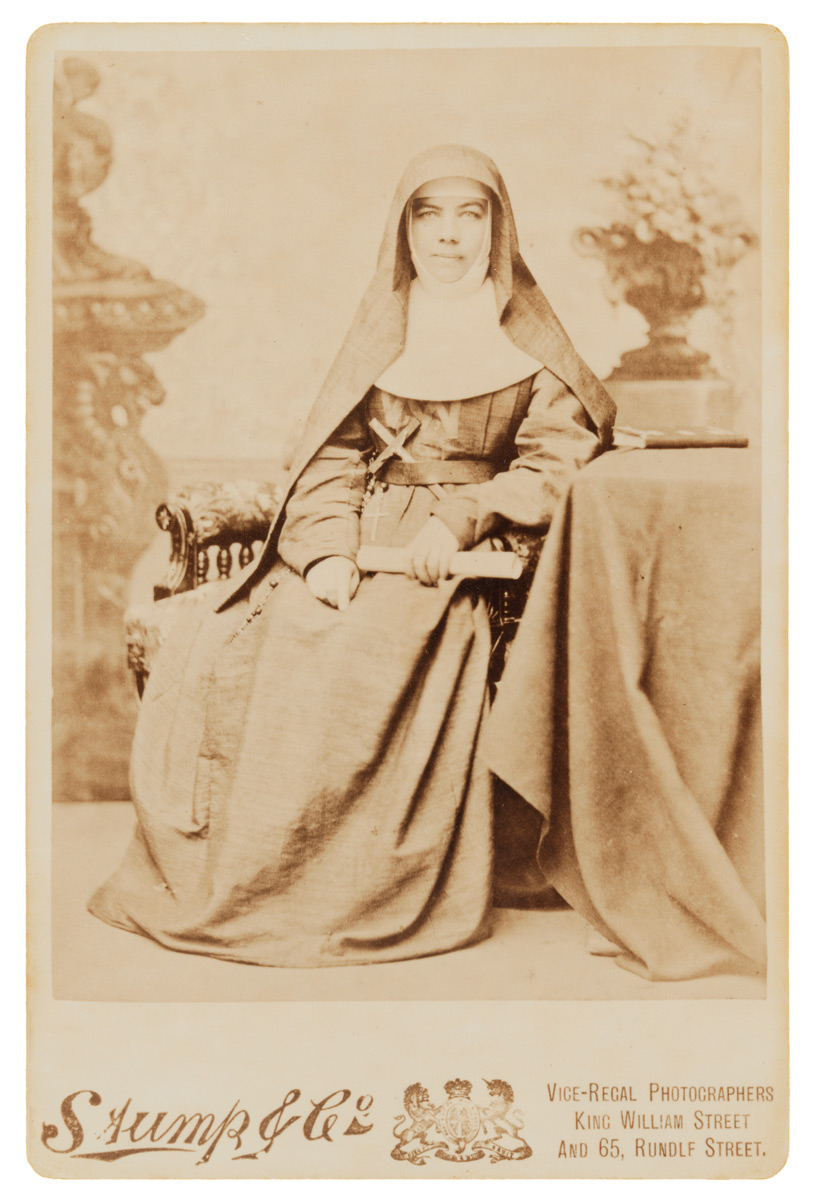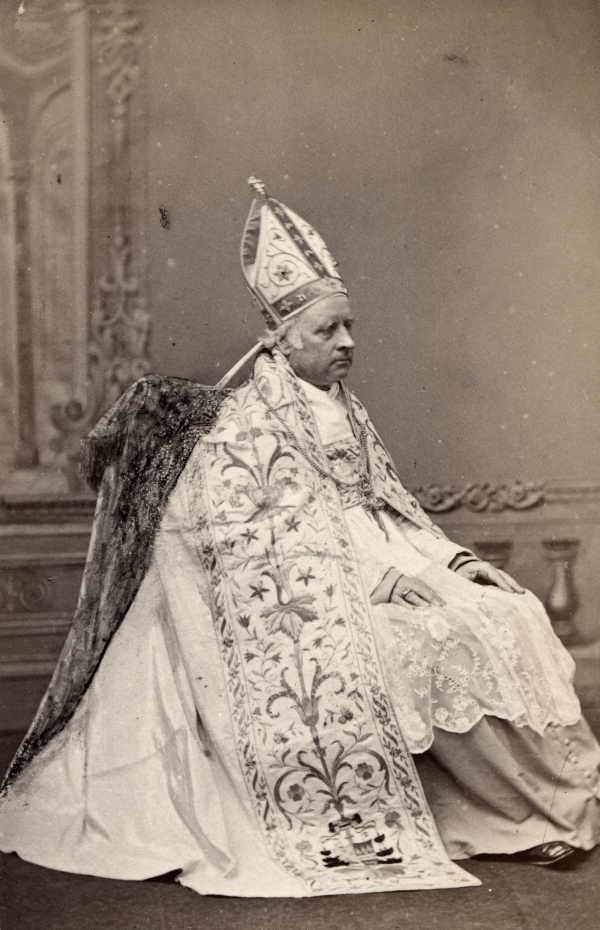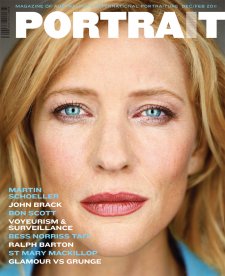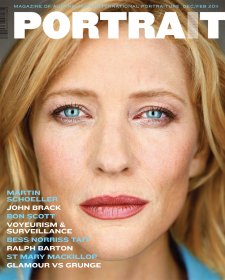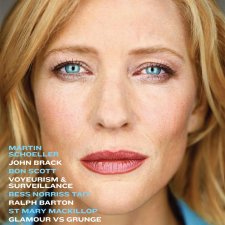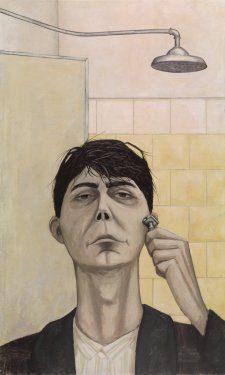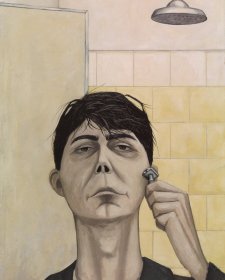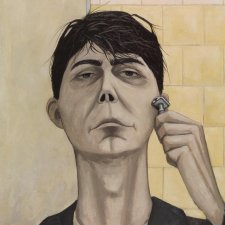Although he achieved so much for South Australia, Sarah Engledow explains that Emanuel Solomon is best remembered for providing refuge to the sisters of St Joseph and the nun who became Australia's first saint.
Toward the end of his teens, Emanuel Solomon arrived in Sydney, having been transported with his brother, Vaiben, for receiving stolen goods in London. Pencilmakers by trade, once the young brothers had served their seven-year sentences they went into business as general merchants. By the time ‘systematic colonisation’ of areas of Australia and New Zealand was proposed in the late 1820s, the Solomons had accumulated property and were solidly established as respectable citizens.
Over the early years of the 1830s, the pipedream of systematic colonisation gathered momentum in England. South Australia was the site of Australia’s first experiment in strategic settlement, with carefully selected emigrants comprising equal numbers of industrious, pious, young and industrious men and women, who would practise their faith freely and prosper economically in a planned city and its rural surrounds. Such was the theory, in any case. The Province of South Australia was established in 1836; Emanuel Solomon arrived in Adelaide in 1837. He set up in business as a merchant and ship owner in the raw locale, and for many years, vessels he owned were the mainstay of the shipping trade between New South Wales and South Australia.
Through the financially disastrous years of the early 1840s, Solomon was one of the few businessmen who maintained faith and held firm in the city. By 1840, work was underway on his Queen’s Theatre, the first purposebuilt theatre in the mainland colonies. It opened with a performance of Othello by a Sydney company in January 1841; crowds picked their way through the mud of the streets to get there. Emanuel Solomon did everything he could to encourage the enjoyment of the drama in Adelaide, outlaying large sums of money with little return; but by the end of 1842 – the year that South Australia became just another Crown colony – the theatre had to close. Through the 1840s, Solomon developed property on blocks in the city and was a shareholder in the South Australian Mining Association, involved in the Burra copper mine. Later, as citizens drawn by Victorian gold leached out of Adelaide, he subscribed to a fund for exploration for gold in South Australia. The region, however, proved all-but devoid of the fabled element.
The first time Solomon married, it was to Mary Ann Wilson, a woman convicted of larceny. Researcher Trevor Cohen has found that Solomon’s second wife, Celia Smith, was listed as ‘Mrs Solomon’ on the passenger list of the Lady Wellington, on which the pair travelled from Sydney to Adelaide via Launceston in June 1838. Their daughter, Elizabeth Dorsetta – assumed to have been named after Solomon’s 81- ton brig, the Dorset – was born in July 1839. It was on the Dorset that Emanuel and Celia travelled to Sydney to be married in 1844. Given that Celia was an Irish Catholic from Cork, they were unable to be married in a synagogue, and the autumn ceremony took place at the Presbyterian Church. By that time, they had more than one baby. Eventually, Celia bore Emanuel two boys, one of whom died at fifteen and the other at 97; and four girls, amongst them the aforementioned Elizabeth, who married her first cousin; Julia, who was to elope in 1864 and found an important Darwin dynasty; and Rosetta, who was to marry the proprietor of the Monster Clothing Palace in Hindley Street, Adelaide. There were multitudinous grandchildren.
From 1847 to 1854 Emanuel partnered his nephew, Judah Solomon, in an auctioneering business while continuing his public and philanthropic activities. In 1848, with a partner, he bought land that was subdivided to create Port Pirie. Those present at a meeting held in his Temple Tavern that year voted to begin collecting money to build a synagogue; situated in Rundle street, it was completed in 1850. In 1852, at Emanuel’s urging, a portion of the cemetery was set aside for Jewish burials. Nonetheless, Adelaide lacked a qualified rabbi until 1870, when the Rev Abraham Boas was appointed. In 1873, the land Solomon owned around Port Pirie was resurveyed to create Solomontown, in the centre of which Solomon endowed an area to be used for religious observance.
In 1852, Celia Solomon died. Just four months later, Emanuel married again. Celia had been the Irish Catholic wife of a pioneering entrepreneur, but Emanuel’s third bride, Catherine Abrahams, was the Jewish wife – and mother of three children of – a comparatively elderly Jewish politician, recognised as a prominent founding benefactor of the colony. Emanuel was the Member for West Adelaide in the House of Assembly from 1863 to 1864, and served on the Legislative Council from 1867 to 1871. As a politician, he was remembered as ‘quite conservative in his principles but by no means obstructive... cosmopolitan without vacillating in his views as to questions of public policy or as affecting the best interests of the country.’ On many occasions, it was remarked, he advocated important reforms, ‘particularly in the interests of the working classes, with whom he was a decided favourite.’ In fact, as a consequence of its free-settler population and founding philosophy of upward mobility, South Australia was unusual amongst the colonies in having ‘working classes’ from the start. In 1876 it became the first territory of the British Empire to legalise trade unions.
In between his stints on the House of Assembly and the Legislative Council, in 1866 Solomon was badly injured when he was knocked down by a vehicle. He never really recovered; yet he influenced affairs in his adopted territory almost to the last. Skilfully negotiating the narrow pass between genuine benevolence and ostentation, Solomon expressed his pride of place in 1871, by inviting more than five hundred pioneers of the colony to a grand banquet at the Town Hall celebrating the 35th anniversary of the foundation of South Australia.
